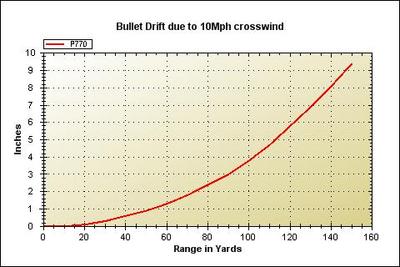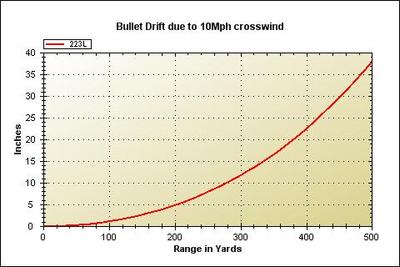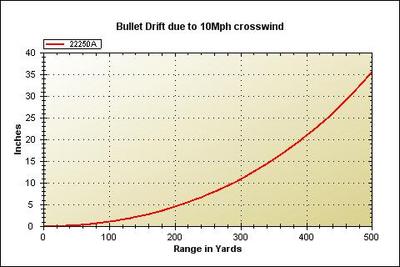Learning to hunt coyotes falls within the same process as any serious deer bow hunter. There is a learning curve just like anything else.
All you really need to get started is a firearm of some sort, whether it be a rifle or a shotgun, a few calls, some camo, and the desire to give it a try.
I will spare you my personal opinions on rifle choice and give you the bare bones edition. Any rifle above a .22 calibre is sufficient for coyotes especially for calling. I will give credit to the .17HMR however, because it has proven to me that it is an effective close range calibre.
If you already deer hunt, you probaly already have enough camo clothing and can use it for calling coyotes. I would definitely reccommend adding a facemask as well as gloves if you do not already do so while deer hunting.
Calls can range anywhere from basic hand calls all the way up to the $600 top of the line electronic callers. The fact is, you really only need a few hand calls to get the job done.
I would also reccommend either getting together with an experienced caller, or pick up an instructional dvd. Either of these will shorten the learning curve tremendously.
As far as where to go? In our region, we are blessed with 1000’s of acres of public land and much of it is suitable coyote habitat. You may also do as you mentioned and start knocking on doors to gain more permission. It is rare that a landowner does not allow coyote hunting if you ask. You will find an occassional few that will refuse, but like I said, it is rare.
Remember, a coyotes senses are much better than a deer. Don’t call too much, sit still, move your eyes more than your head, really concentrate on even the smallest movement, and have fun.
If you have any other questions, there are a few of us on here that are very passionate about the sport and would be more than happy to help you out.




